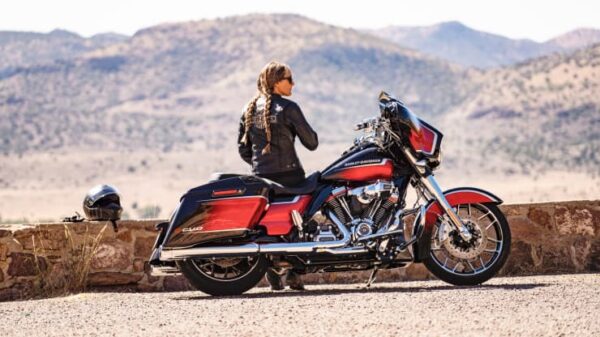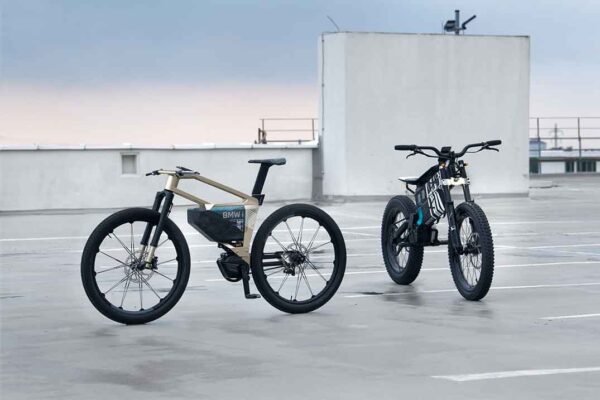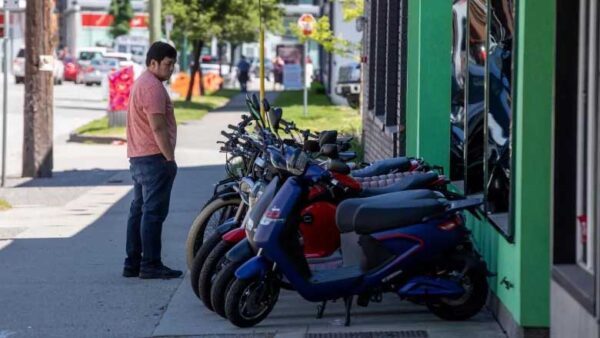Own the road and rent the ride with some Harley cool
by Felicity Donohoe from https://www.pressandjournal.co.uk From https://maps.harley-davidson.com/ From https://www.harley-davidson.com/us/en/content/rent-a-bike.html If you’re looking for a road trip with a difference, then Harley Davidson may have the answer – and you don’t need to own a Hog to make it happen. Seen in iconic movies such as Easy Rider – ridden by Peter Fonda – and even Arnie in Terminator 2: Judgment Day – nothing says cool like a Harley Davidson motorcycle, and if the highway has been calling you, this might be the way to get up close and personal with the American outdoors. Motorcycling is an option to beat weekend traffic and find a different kind of freedom for your staycation – and you don’t need to fork out a fortune and own one of the bikes. In fact, you can rent one for a holiday with affordable cruising daily prices or touring per week rates, choosing from a wide range of models such as Heritage Classic bike or Ultra Limited. And taking it a step further, Harley Davidson has an online ride planner that includes top trips around the States. Simply type in your start and finish, with customisable options such as preferred stops and overnight accommodation, if needed. The interactive planner works out your route and can generate on-road and – if you’re feeling brave – off-road routes for the adventurous rider. There is 10% discounts for HOG (Harley Owners’ Group) members. Ensure you have your motorcycle licence and equipment, including helmet, when hiring. For the interactive ride planner go to maps.harley-davidson.com by clicking here. What motorcycles can I rent? A variety of new models are available at hundreds of convenient locations all around the world. Browse and enquire on-line or check your local Harley-Davidson® Authorized Rental Dealer for more information. Have a look at the current models […]
Own the road and rent the ride with some Harley cool Read More »




